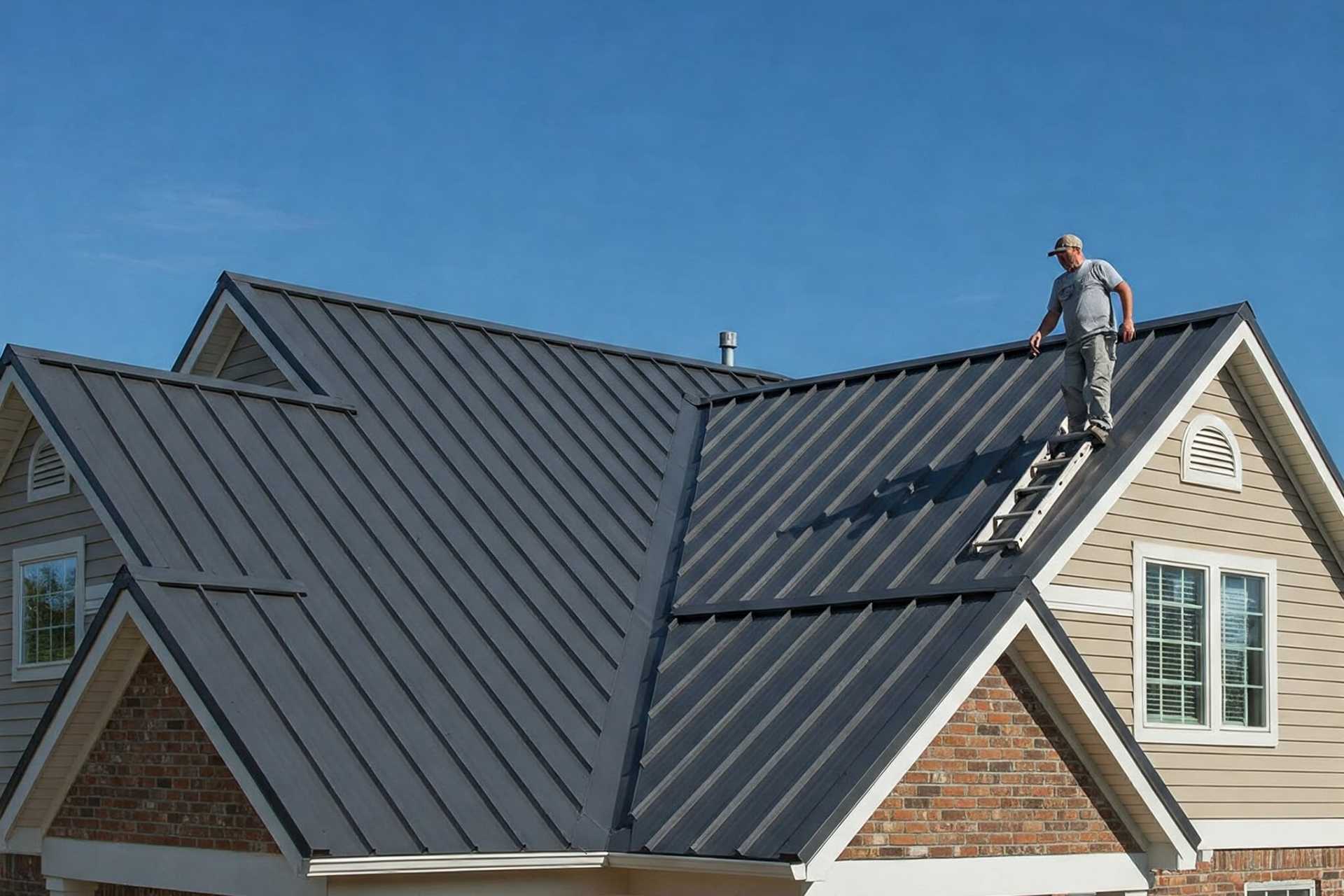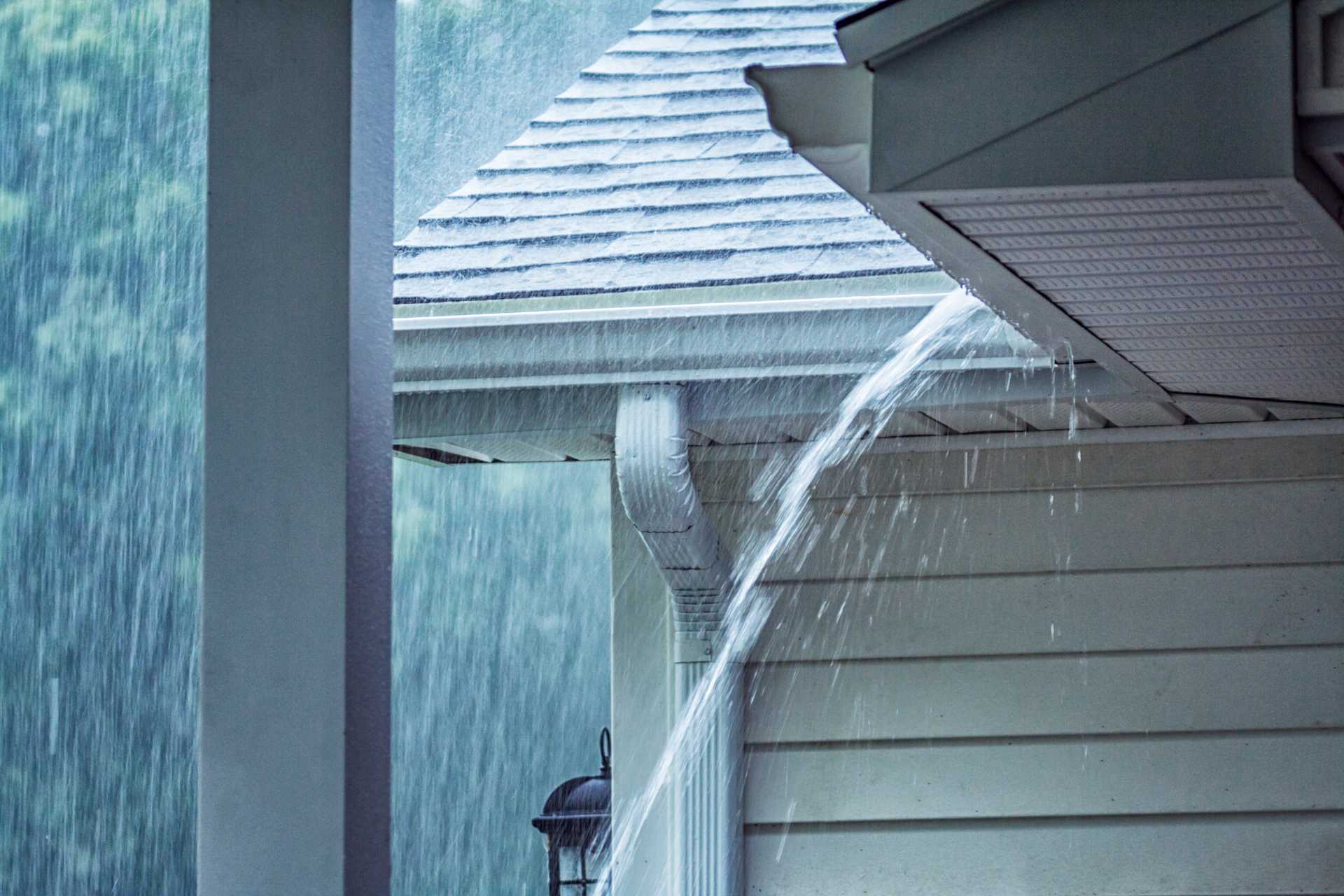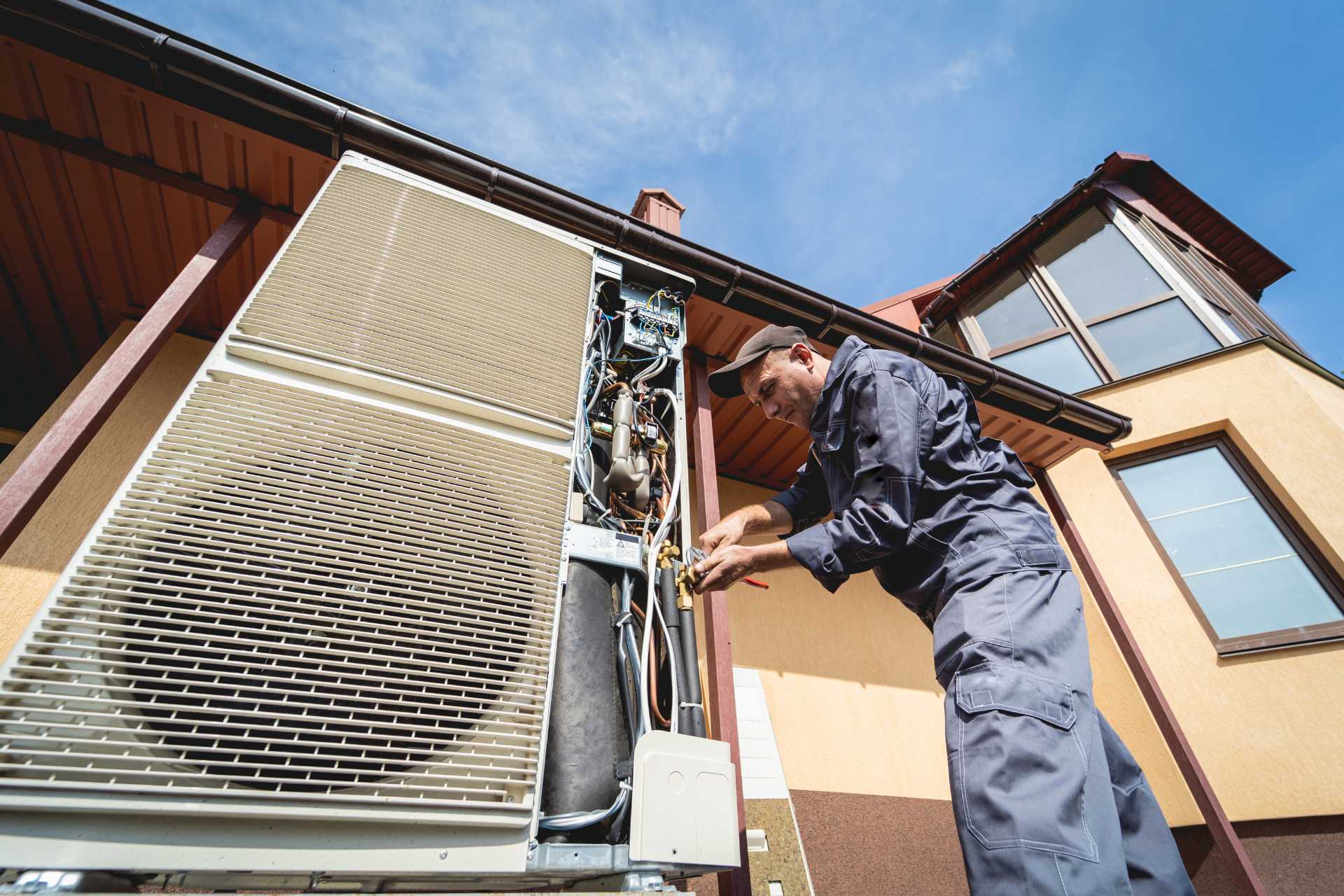When an air conditioner runs constantly on hot summer days without cooling the upstairs rooms, the immediate suspect is often the HVAC unit itself. Many homeowners might call an HVAC company for a diagnosis or even a roofing company for a suspected leak, not realizing the two systems are intrinsically linked. The real problem often lies one floor above, in the unseen battle being waged in the attic. A home’s HVAC system does not operate in a vacuum; its performance is directly tied to this critical buffer zone. This post will explore the powerful but often misunderstood partnership between the roof system and the HVAC system, demonstrating how proper insulation and ventilation work together to prevent overload, extend equipment life, and create a more comfortable, energy-efficient home.
The Summer Siege: When Your Attic Becomes a Giant Oven
During a hot Canadian summer, the surface of a roof can reach extreme temperatures, often exceeding 70°C. This intense solar energy radiates downwards, superheating the air trapped within the attic. Without a way to escape, this air turns the attic into a giant oven, with temperatures that can easily climb past 60°C. This massive heat load then begins to conduct through the ceiling joists and drywall, constantly warming the living space below from the top down. It creates an oppressive, radiant heat that is difficult to combat.
This is where the HVAC system is forced into a losing battle. The air conditioner must run nonstop, not just to cool the home from the heat outside, but to fight a second war against the heat radiating down from the ceiling. This state of constant operation is the very definition of HVAC overload. The system can never cycle off and rest because it is being overwhelmed from two fronts. This leads to excessive energy consumption, inconsistent cooling (especially on upper floors), and extreme wear and tear on the air conditioner’s most vital components.
The Winter Menace: Trapped Moisture and Heat Loss
In the winter, an improperly managed attic presents a different but equally damaging set of problems. As warm air rises from the living space below, it carries moisture with it from daily activities like cooking and showering. If the attic insulation is poor, this heat escapes easily through the ceiling, warming the underside of the roof deck. This melts snow on the roof from the bottom up. The meltwater then runs down to the cold eaves and refreezes, forming destructive ice dams. These dams block further drainage and can force water back up under the shingles, causing serious leaks and water damage—one of the most common roofing issues.
If the attic ventilation is inadequate, that warm, moist air becomes trapped. When it hits the cold surfaces inside the attic, like the roof sheathing or trusses, it condenses from vapour into liquid water. This persistent dampness creates the perfect breeding ground for mould and mildew, which can rot the roof’s wooden structure from the inside out. Furthermore, poor roof ventilation affects indoor air quality as mould spores can find their way into the living space. This trapped moisture and heat loss also force the furnace to work harder to compensate for the energy that is constantly escaping into the attic.
The Dynamic Duo: How Insulation and Ventilation Work Together
The solution for both summer and winter attic problems is the partnership between insulation and ventilation. Insulation has one critical job: to resist the transfer of heat. It acts as a thermal blanket for the home. In winter, a thick layer of insulation on the attic floor keeps furnace-generated heat inside the living space. In the summer, it resists intense heat from the attic, preventing it from conducting down into the rooms below. The effectiveness of this material is measured by its R-value. A higher R-value means better resistance to heat flow.
Ventilation, on the other hand, is the airflow architect. Its job is to constantly remove trapped heat and moisture from the attic. A passive ventilation system works on a simple principle: hot air rises. Cool, dry air is drawn in through soffit vents located low on the roof at the eaves. As this air warms, it rises and exits through ridge or gable vents located high on the roof. This continuous, natural airflow keeps the attic temperature and humidity much closer to outdoor conditions. This process prevents both extreme heat buildup and moisture condensation.
The Payoff: A Healthy HVAC and Lower Energy Bills
When insulation and ventilation work in synergy, the direct beneficiary is the home’s HVAC system. By dramatically reducing the attic’s temperature in the summer, this dynamic duo stops the “second war” against radiant heat. The air conditioner can finally cycle normally instead of running constantly. In the winter, a well-insulated and ventilated attic prevents heat loss and moisture buildup, allowing the furnace to maintain the set temperature without having to work overtime. Regular roof inspections are crucial to ensure that vents remain unobstructed and insulation has not settled or been disturbed, maintaining this peak performance.
This reduced workload has a profound impact on the HVAC system’s longevity. An HVAC unit in a home with a well-managed attic is like a car cruising on a highway, while one in a home with a hostile attic is stuck in gruelling stop-and-go traffic. The reduced wear and tear can add years to the equipment’s lifespan, delaying a costly replacement. The direct results for the homeowner are significant savings on monthly utility bills and a more comfortable, consistent indoor environment, free from the hot spots and drafts caused by an overworked system.
Your HVAC’s Best Friend Is Right Above Your Head
The attic is not just empty space. It is an active and essential part of a home’s climate control system. Proper insulation and ventilation are not just “roofing projects.” They are HVAC-saving projects. A hot, stuffy, or damp attic is a clear sign that a home’s most expensive appliance is being silently sabotaged. By investing in a properly managed attic environment, homeowners can protect their equipment. They can lower their energy bills and improve their daily comfort. The next time you are frustrated with your home’s performance, do not just look at the thermostat on the wall. Look up. The solution might be right above your head.







